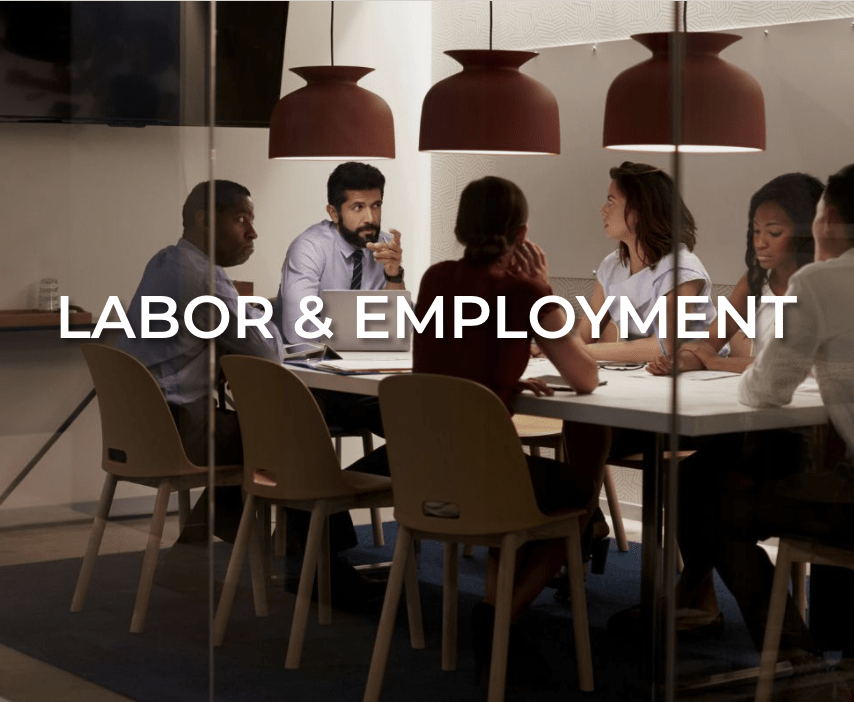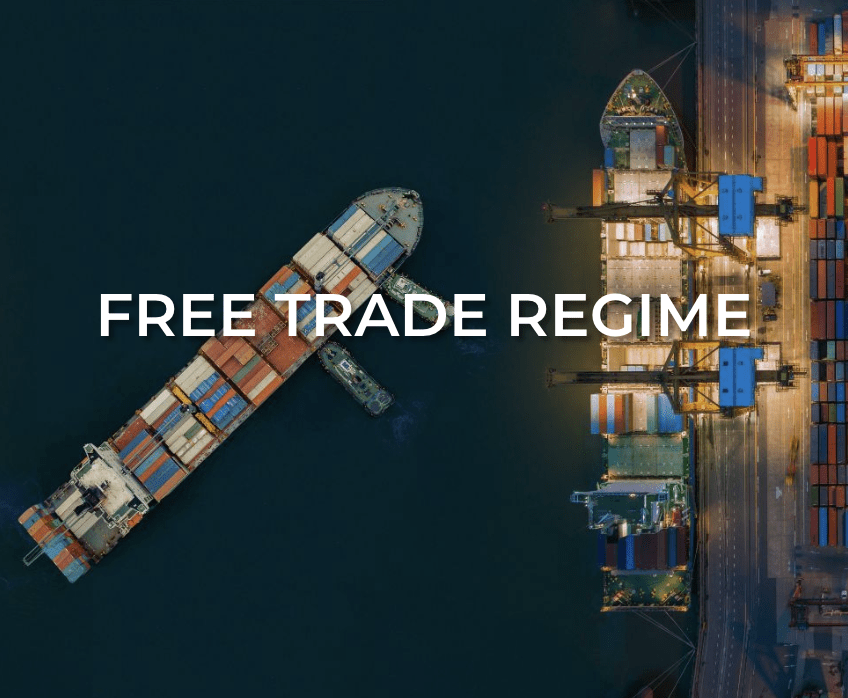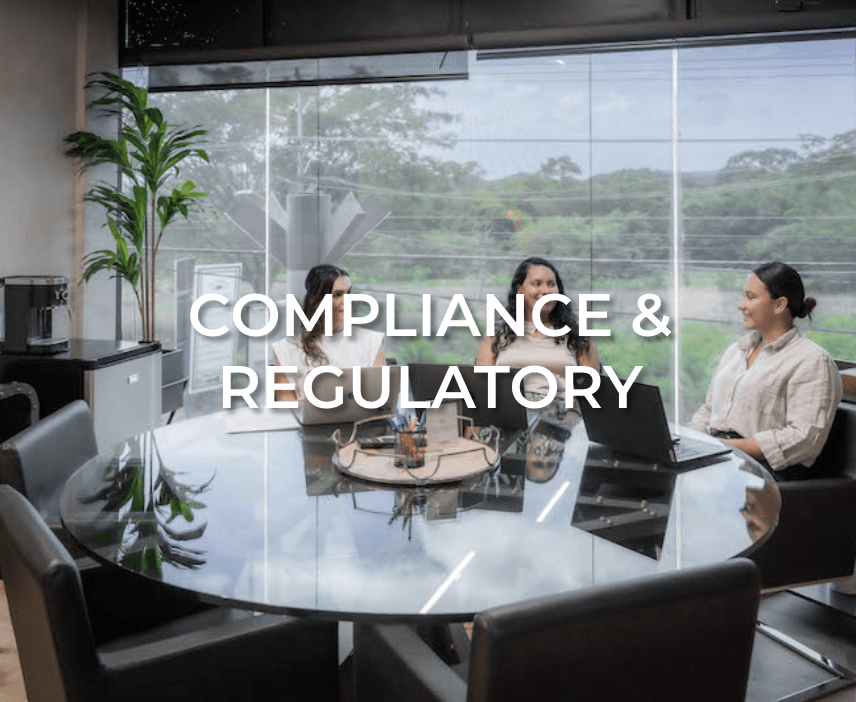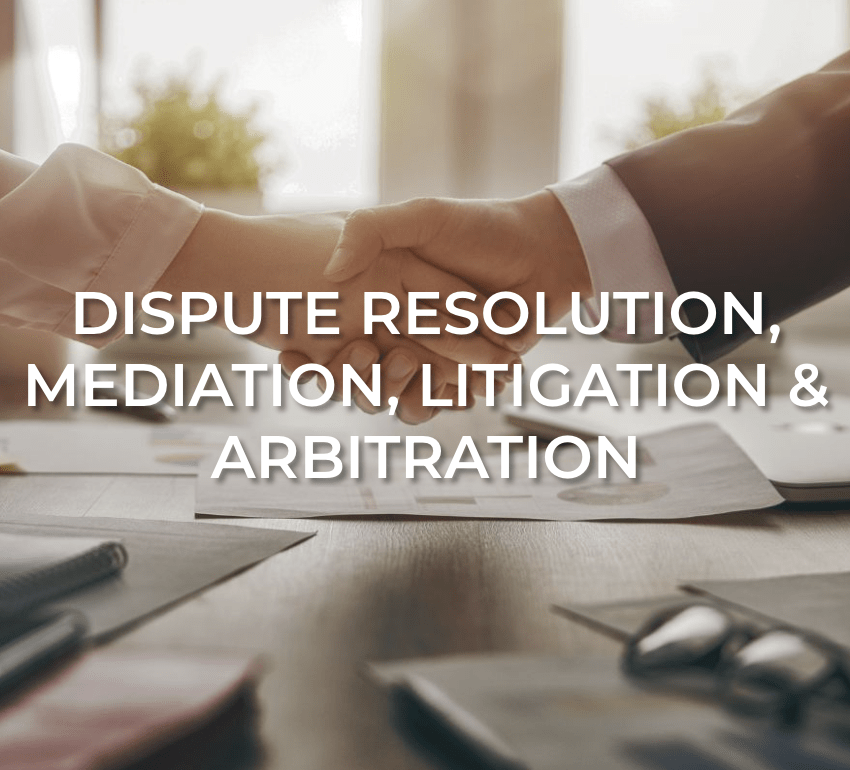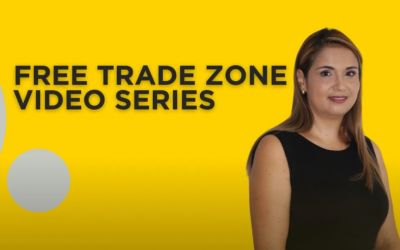

Proper Fixed Asset Management
by Quatro Legal Free Trade Regime Team | Sep. 4, 2024 | Article, Free Trade Regime

The Free Trade Zone Law stipulates in its first article that the benefits of the regime will be granted to companies with projects where the initial new investment is in fixed assets, with a minimum of $150,000.00 for companies located within the Greater Metropolitan Area (GAM) and $100,000.00 for those located outside GAM, both within the park.
Additionally, the Regulation of this Law defines fixed assets as construction in progress, depreciable movable and immovable property, non-depreciable immovable property, and software used in business operations, with acquisition dates and prices duly recorded in the company’s accounting books.
However, we need to determine the conditions that these fixed assets must meet to be included in the new investment that the company will make. First, the assets must be owned by the applicant for the regime. They may include industrial buildings, warehouses, constructions, land, and other fixed real estate assets, whether new or used, acquired by the applicant from the date of the application submission and intended for the company’s operations under the Free Trade Zone Regime. For movable fixed assets, they should be new or used items from abroad, or new assets acquired domestically; this also includes improvements to owned or leased property.

In the case of fixed assets held in trust as collateral, where the trustor and/or beneficiary is a Free Trade Zone regime beneficiary, these assets must be properly recorded in the beneficiary’s accounting records.
Since fixed assets will be part of the new investment the company is making, strategic planning for acquiring these assets and, more importantly, their control under the regime is essential, as it is part of the company’s commitment to investment in the country. It is important to note that companies have 3 years to meet their initial new investment under the regime, with exceptions based on their category as previously established in legislation; this timeframe may vary depending on the investment plan submitted.
Regardless of whether the company is located within or outside GAM, within or outside the park, or its category as a beneficiary, the amount of the initial or total new investment, or the number of employees hired, every Free Trade Zone beneficiary company must maintain control over its fixed assets from the start of operations. Proper maintenance of this control not only ensures compliance with one of the primary obligations but also facilitates the correct disposal of assets in the future, avoiding potential non-compliance.
This asset control obligation is verified annually as part of the information provided by the company in its Annual Operations Report.

To prepare the company’s asset register, it should include at a minimum: (i) a description of the asset, (ii) serial number, model, and brand, (iii) identification number (tag), (iv) location, (v) acquisition cost, useful life, accumulated depreciation, and book value, (vi) acquisition date, and (vii) declaration number for regime entry or local purchase invoice.
It is also important for the company to easily identify which of its assets are part of the initial new investment, which are part of the total investment, which have been donated or are part of a lease, among other classifications. Additionally, according to Annex I of the Income Tax Law Regulation, the company should verify if it has capitalized assets.
When referring to the information that must be included in the asset register, the identification number or tag is crucial for proper asset control. It is a primary recommendation for the company to physically account for its assets.
Furthermore, it is important to remember that new fixed assets not only enter companies but may also need to be removed. Understanding the customs procedures for each situation is necessary, as these are usually exempt assets and cannot be moved freely. For example, if a Free Trade Zone company is authorized by PROCOMER for subcontracting, it is responsible for the goods under the regime as a beneficiary and in its role as Auxiliary to the Customs Public Function. The company must ensure the proper use and destination of goods subject to subcontracting, as well as compliance with the maximum duration for materials and goods in the subcontracted company’s facilities. For temporary importation of machinery and equipment for subcontracting, DUA 04-70 should be used, and for temporary importation of raw materials and semi-finished products for subcontracting, DUA 04-73 should be used. Non-compliance may result in administrative penalties.
Proper asset control not only facilitates audits conducted by PROCOMER but also ensures future asset disposition (in the event of company closure) and, most importantly, helps avoid potential administrative sanctions.
For more information, feel free to reach out to me.
Alejandra Arguedas M
aam@quatro.legal
Director of the Free Trade Zone Department
Quatro Legal
Disclaimer: The information provided in this blog post is for general informational purposes only and is not intended to constitute legal advice. While we strive to ensure the accuracy and timeliness of the content, laws and regulations are subject to change. For the most accurate and up-to-date information, please contact our office directly. Some images may be AI generated.
Get To Know Quatro Legal

We’re bringing empathy and excellence back to legal counseling. Quatro Legal is built on a bedrock of kindness, a passion for service, and a commitment to guiding you through your legal challenges with ease.
OUR SERVICES
EXPLORE BY
category
REAL
ESTATE
CORPORATE
COSTA RICA
LIFESTYLE
LABOR & EMPLOYMENT
CLIENT
TESTIMONIALS
FREE TRADE
REGIME
All Rights Reserved 2023 | Privacy


